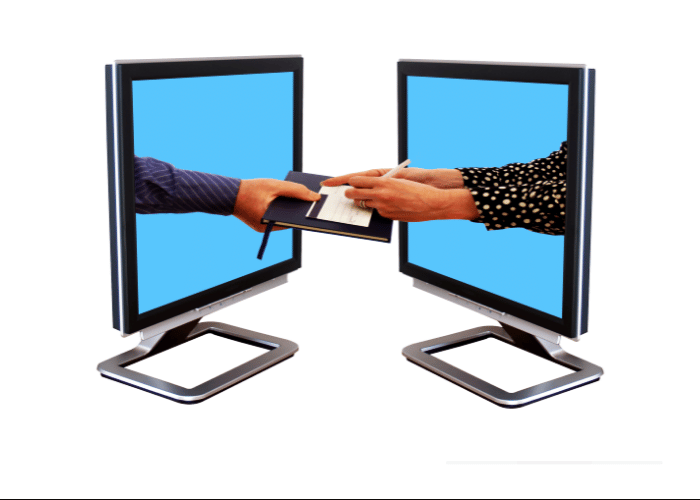The pandemic that we are going through, and which today (hopefully) lives its final tail, has produced a radical change in our perception of the world, and the acceleration of many processes born from latent needs even before 2020.
Among these, the absolute need to reconcile professional commitments and private life; the use of technological tools to reduce distances or substitute presence, including for purchases; the simplification of digital work.
The reflexes? Boom of the "Yolo economy”, Boom in e-commerce, entertainment On Demand services and… electronic signature. The market for this digital tool, which is highly sought after by professionals and companies today, has skyrocketed: within the next 4 years it could quintuple its value, which in 2020 it was already $ 3 billion.
An evolved world
The fields of application of tools like this are many. Their absolute merit is that of dematerializing documents, reducing the use (and waste) of paper in offices. Ultimately, to provide advantages in speed, economy, ecology: an unprecedented "win win win" where companies, their customers and the planet they live on win.
Obviously, things weren't simple right from the start: the "old" electronic signature, which nevertheless had a good start, required somewhat cumbersome steps, the installation of specific software and the use of smart cards or keys to sign .
Today its evolution is called Advanced Electronic Signature, for FEA friends (mistakenly confused with the OTP Signature, if we really want to be precise). In Italy it has just been introduced by yousign, and guarantees a greater level of security on a sea of high-risk contracts (loans, life policies, opening bank accounts and so on).
How does the advanced electronic signature work?

Compared to the past there is an abyss: the procedure is quite simple. To perform an advanced electronic signature, the company simply uploads the pdf of the contract to be signed, determines the signature flow and sends the file to the customer. The signature? One click on a link received in e-mail. Verifying identity is just as simple: you upload your identity document to the platform (it also works with old identity cards, not just with new cards) and at the end you enter an OTP code. Duration of the process? Two minutes maximum.
Even from a smartphone. To achieve a higher level of security than we had a few years ago. Not bad, I'd say.
The future? Faster and safer
The risks related to "traditional" methods (download a pdf, sign it by hand, scan it, send it, or worse, put a small image with the signature on the document) are many. Reliable providers such as Yousign take the burden off your working life a little further by guaranteeing the authenticity of both the signature and the signer, and providing all documents with an electronic certificate.
This is why the adoption of advanced electronic signature will be another turning point. In a few years everyone will be able to sign contracts online even from a mobile phone, anywhere and in a few minutes.
Will we finally say goodbye to reams of paper, inks, envelopes, stamps and tons of cut trees?
I'd put my signature on it: guess how.


